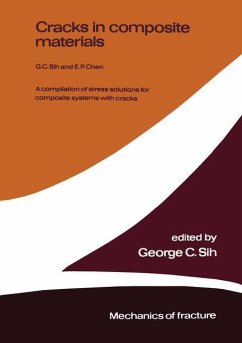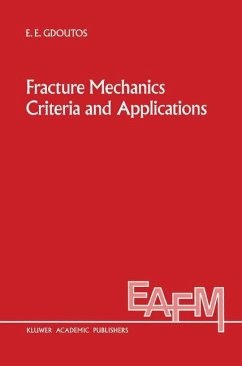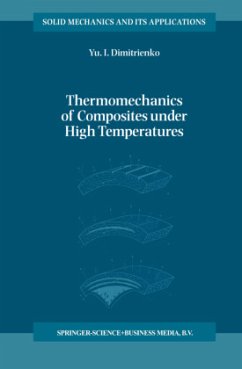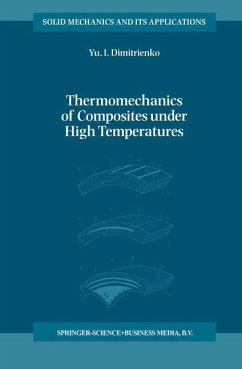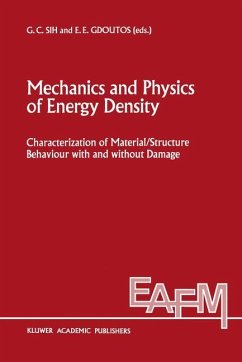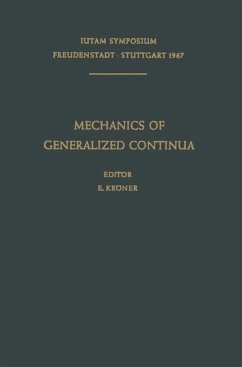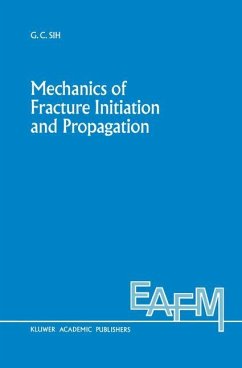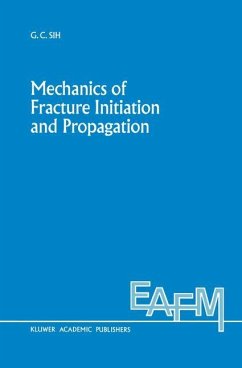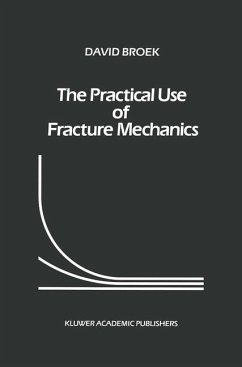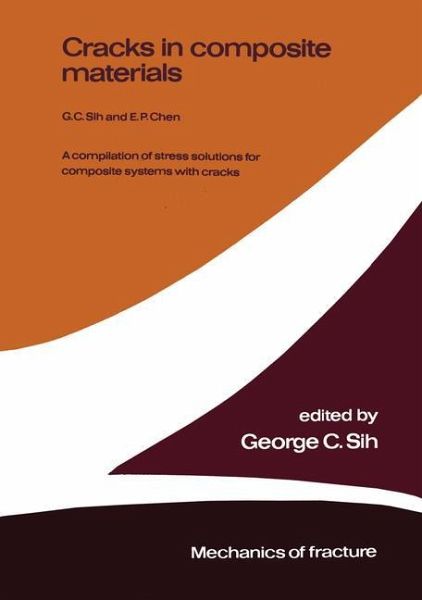
Cracks in composite materials
A compilation of stress solutions for composite systems with cracks
Versandkostenfrei!
Versandfertig in 6-10 Tagen
228,99 €
inkl. MwSt.
Weitere Ausgaben:

PAYBACK Punkte
114 °P sammeln!
Composites offer great promise as light weight and strong materials for high performance structures. One of the major advantages of these materials as compared with metals is the basic way in which heterogeneity resist crack extension. In a fiber/matrix composite system, the fibers tend to cause cracks to form at closer spacing and delay the formation of a large crack. The enhancement of local failure such as fiber breaking, matrix cracking and interface debonding further reduces the energy level which might have otherwise reached the point of catastrophic failure. Even though substantial test...
Composites offer great promise as light weight and strong materials for high performance structures. One of the major advantages of these materials as compared with metals is the basic way in which heterogeneity resist crack extension. In a fiber/matrix composite system, the fibers tend to cause cracks to form at closer spacing and delay the formation of a large crack. The enhancement of local failure such as fiber breaking, matrix cracking and interface debonding further reduces the energy level which might have otherwise reached the point of catastrophic failure. Even though substantial tests have been made on composite materials, little has been gained in the understanding and development of a predic tive procedure for composite failure. There are fundamental difficulties associated with incorporating the nonhomogeneous and anisotropic prop erties of the composite into the continuum mechanics analysis. Additional uncertainties arise from voids and defects that are introduced in the composite during manufacturing. Even a small quantity of mechanical imperfections can cause a marked influence on the composite strength. Moreover, the interface properties between the fibers and matrix or bonded laminae can also affect the load transmission characteristics significantly. It would be impossible to establish predictive procedures for composite failure unless realistic guidelines could be developed to control the manufacturing quality of composite systems.





